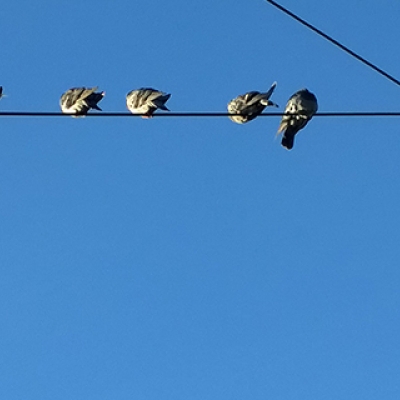Fifty Years after its Publication, Rachel Carson’s Book Remains All-Too-Relevant
Fifty years ago this week, The New Yorker began publishing Rachel Carson's Silent Spring. A series of three articles — excerpts from the book that would be published that September — appeared on June 16, 23, and 30, 1962 under the banner of “A Reporter at Large.” Carson’s account of environmental peril resulting from the overabundant use of petrochemical-based pesticides unfolded between cartoons and genteel ads for airlines, tasteful upscale merchandise, hotels, and restaurants.









